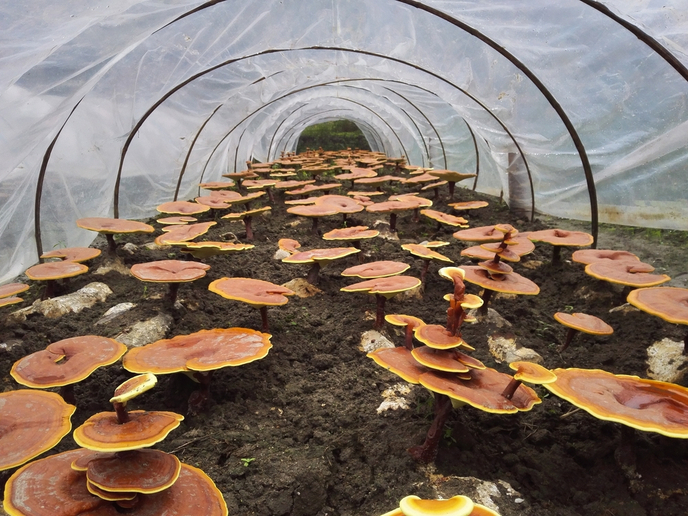New technology for slaughterhouses turns waste into energy
Currently, after being processed for their meat, pigs’ fur is usually dried to reduce its weight and volume, and then utilised in biogas plants or dehydrated and used as fertiliser. The cost of treating this waste, in terms of the energy required for its treatment and removal, is incurred by the slaughterhouse. The EU-supported PigHeat project was set up to develop a means for using pig fur as a replacement fuel for gas, diesel or electricity. The team successfully created an economically profitable machine, which is also respectful of the environment. Reduced energy expenses, for increased profits Many slaughterhouses across Europe are already having to operate on very tight margins. This is partly because of the high amounts of energy needed for meat processing but also additionally in part because stringent waste regulations, put in place for health and safety as well as animal welfare reasons, adds to the financial burden. “Animal slaughter generates a large quantity of products that cannot be commercialised such as blood, bones and hair,” project coordinator Mr Frederic Bigas elaborates. “In the case of pig fur a lot is generated daily, so better management of its elimination reduces costs. In this, PigHeat is a good solution.” PigHeat works first by homogenising the source material, then applying a thermal treatment, before combustion takes place to generate the energy. The resulting product is C02 neutral biomass with a high heating value (even higher than wood pellets). In terms of integrating the technology into existing infrastructure, as all slaughterhouses have a system for the extraction and collection of pig hair, all that is needed is to transport that hair to the PigHeat on-site processor. After transforming the hair into fuel, the product is stored, ready to be used as fuel in a conventional solid fuel boiler to power the daily operations of the installation. PigHeat has estimated that their method, consumes 14 % of the heating power of the fuel produced. As Bigas adds, “While purchasing PigHeat does incur an upfront cost, in less than two years the system’s savings will have paid for the machinery. Offering attractive payment modules, our innovative solution is likely to dominate the market swiftly.” Benefiting competitiveness and the circular economy Recycling meat processing waste to generate energy at the same location, reduces operating costs and contributes to the profitability of slaughterhouses. Ultimately this could benefit consumers through lowered meat prices. And with pig hair a highly polluting residue, PigHeat also clearly offers the sector an environmentally sensitive solution. With a processing plant already in operation close to Barcelona (Spain) processing three tonnes of pig hair per day, the team are working to further commercialise the technology by promoting it to slaughterhouses, and by exploring adaptation of the process to other industrial by-products. “We have demonstrated that energy recovery from pig hair is viable, with the resulting product not harmful to the environment. We believe that we can expand the list of products that can likewise be transformed,” says Bigas. “We are dealing with a sector that is very interested in reducing both environmental impact and operating costs, so there is already strong interest.”







